Warts are a benign formation on human skin. They are usually a few millimeters in size, but there are also larger types of warts. Such neoplasms can appear in different parts of the human body.
As you know, not all warts are safe. There are skin lesions that require immediate removal. This is to avoid further complications.
Classification of warts
There are several types of benign formations that can appear on human skin in medicine. They differ in their appearance, have different developmental characteristics and locations.
There are the following types of warts:
- common (most common);
- plantar (observable on the foot);
- pointed (condylomas);
- filiform (acrocords);
- apartment.
Common warts
Such neoplasms generally do not exceed 1 cm in diameter, rather dense tumors, with an uneven surface and clear boundaries. The skin lesions of this species are characterized by the following characteristics:
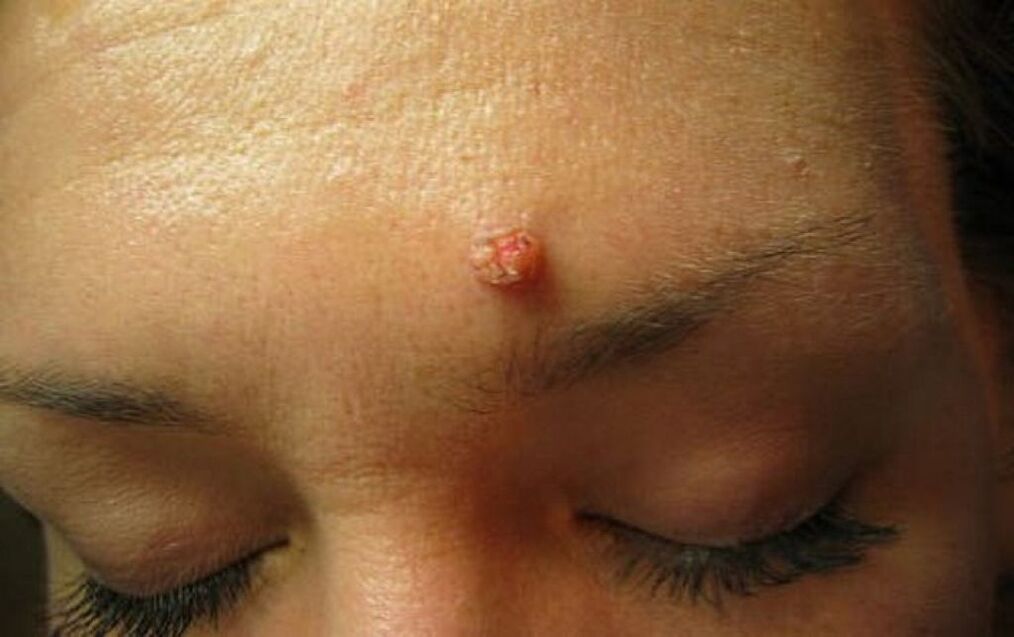
- rounded shape;
- color from yellow to dark gray;
- common warts are often seen on the elbows, fingers, knees, lips and other, often injured areas of the body.
Sometimes the formations disappear on their own, but in most cases require long-term treatment.
Plantar warts
Such outgrowths got their name from their placement. They are on their feet, convex, but can become flat due to the constant pressure exerted by the weight of the human body. The formation is surrounded by a layer of keratinized skin.
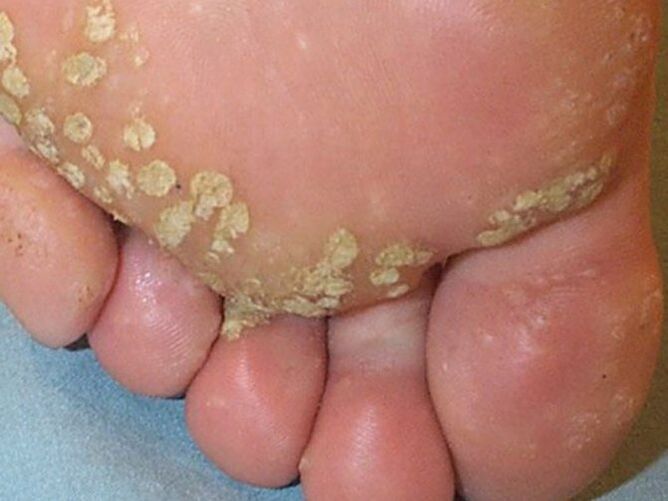
Plantar growth can be uncomfortable and painful. These types of benign lesions differ from the corns in that small blood droplets protrude during slaughter rather than pouring out liquid. Plantar warts can cause problems when wearing shoes. They can appear at any age.
Genital warts
Fibroepithelial formation contains a large number of pointed nodules that connect. Their surface can be white or red, sometimes bleeding and causing pain.
Pointed benign tumors usually appear on the mucous membranes, the site of transition to the skin. They will grow in the future, they will become big ones. As a result, tumor-like growths are formed.
Filiform warts
Such a formation on the skin got its name from its shape. Filiform warts are narrow and long. Their locations are as follows:
- face;
- neck;
- lips.
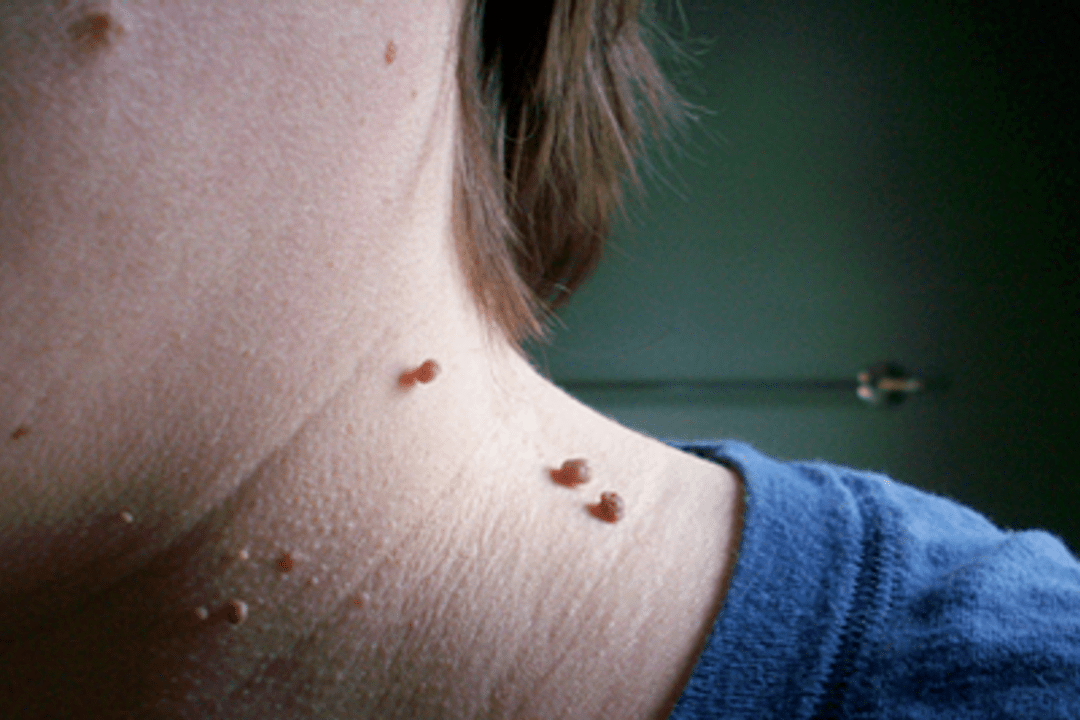
Externally, the filamentous formations resemble a broken filament. They can appear on the body of any age, but are often observed in older people. As they develop, filamentous formations change their appearance:
- At first, the acrochords look like small bumps on the skin. Because of this, they can be easily confused with moles.
- After that, the size of the knot increases, giving it an elongated shape. In some cases, the acrochords are round, but they still have thin stems.
- In terms of its composition, the formation is flexible and relatively dense. Its length usually does not exceed 5 mm, but there are cases where the acrochord exceeds 1 cm.
Some people have several formations on their bodies that grow together. Thus, they look like a rooster. The acrocords may remain brown or flesh-colored. Sometimes they itch.
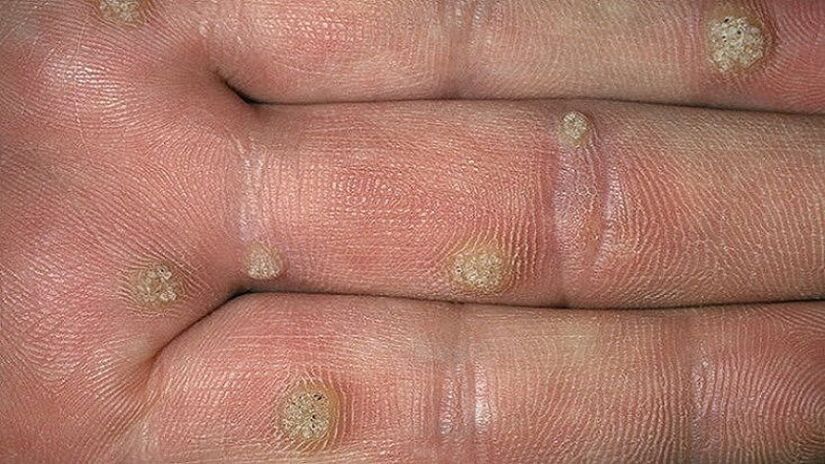
Flat warts
Such formations are nodules that are flat to the touch. They stand out with their yellowish-brown color and are usually located on the eyelids and face. These lumps are common in children, but can also occur in the elderly. These benign tumors do not tend to transform into malignant tumors. This type of growth is extremely rare.
Flat warts rise slightly above the surface of the skin. They are characterized by a smooth surface and clear boundaries. Its distinguishing feature is the lack of keratinized skin, which maintains smoothness and shine. Such formations are localized on the face, legs, and back of the hand.
Advice!Be sure to consult a dermatologist for tumors on your body. Only he will be able to determine exactly what nature they have. This eliminates the development of malignancies on the skin.
Senile warts
There is another type of benign formation that occurs in the human body that can be classified into a separate category. They have the following features:
- warts in the elderly (seborrheic keratosis) appear only in the elderly and do not require treatment;
- they are usually located on the skin, which is often covered with clothing and is rarely seen on the hands and face;
- tumors develop from the epidermis.
The elements of seborrheic keratosis are often multiple. Clinical manifestations depend on the time and place of development. The early elements are small flat spots of pink or yellow color with light boundaries and a warty surface.
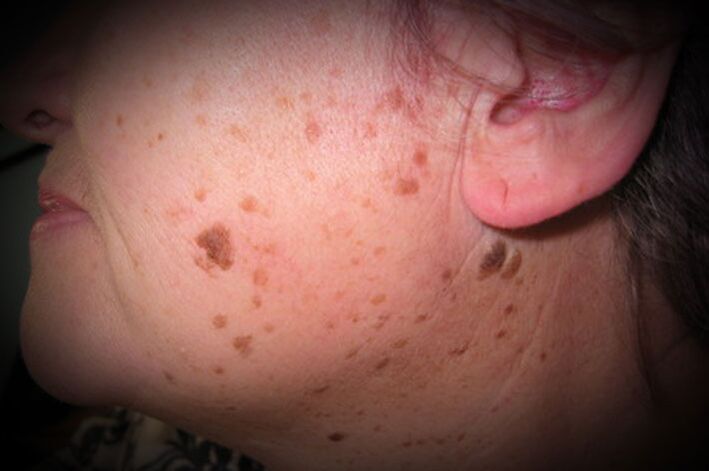
They resemble an oily crust on the skin that can be easily removed. These barkes then compact and are interspersed with cracks. Over time, they turn into a mushroom shape, turning black or dark brown.
The formations are soft in texture, and their boundaries may not be completely clear or even dashed. However, these are similar to melanoma. In some cases, the elements of seborrheic keratosis have a dome-shaped shape.
Advice!In the presence of senile warts, a significant increase in the amount of vitamin C that enters the body is recommended. It helps stop the appearance of new spots. However, it should be borne in mind that excess vitamin C can cause certain changes in the functioning of the stomach and also contribute to the appearance of kidney stones.
The choice of treatment depends on the type of warts being treated. One way or another, this process should not be left to chance. Timely contact with a dermatologist allows the patient to remove skin formations easily and without complications. In addition, warts can be confused with malignancies, the treatment of which should not be delayed in any way.














































































